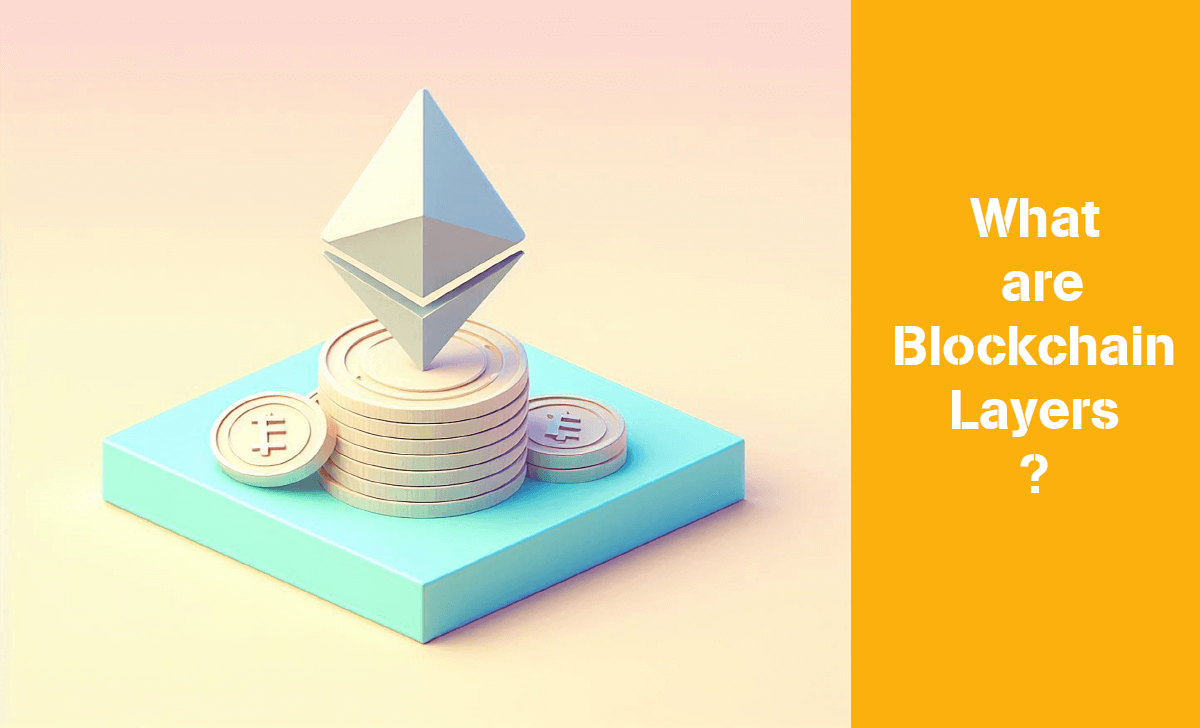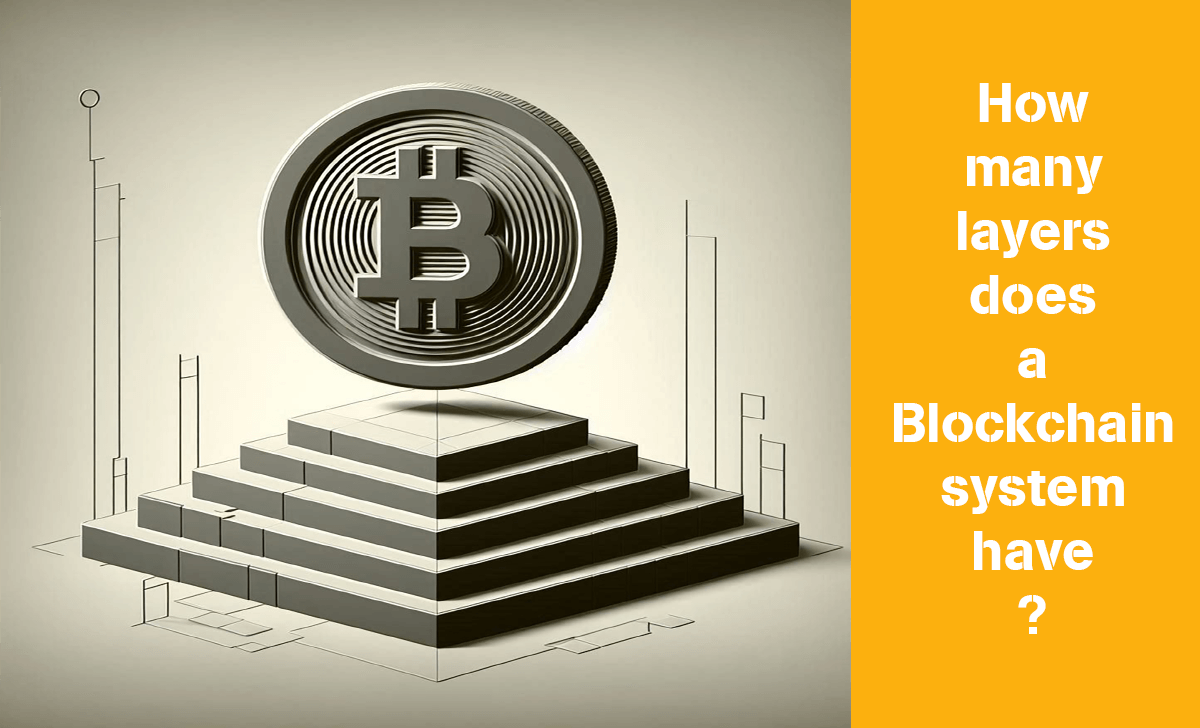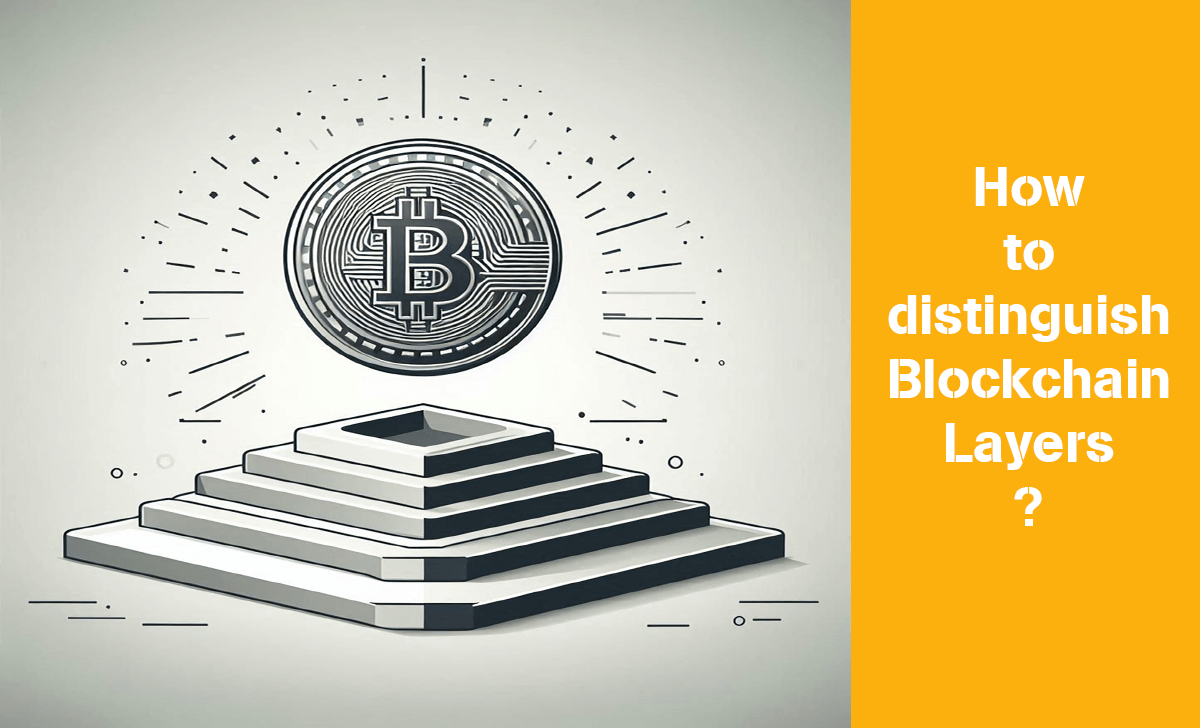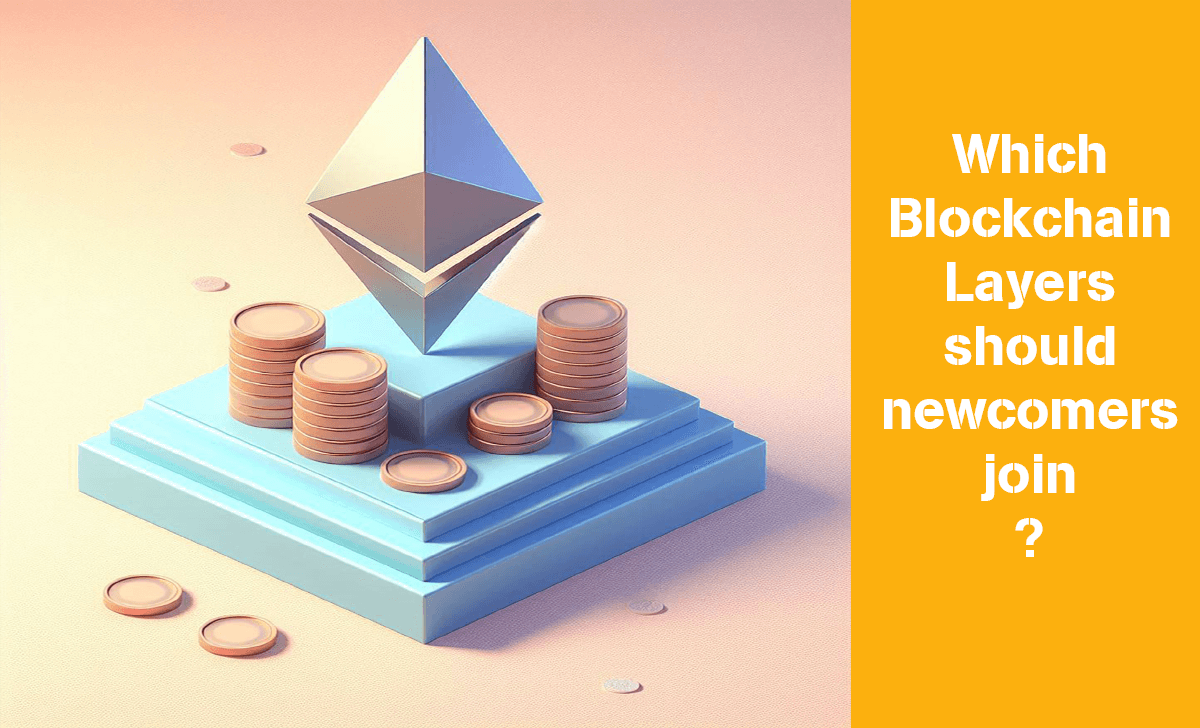Layer in crypto or Blockchain Layers are different levels of infrastructure but will work simultaneously to operate a blockchain-based system. The layers will be divided and called separately into layer 0, layer 1, layer 2, and layer 3.
If you want to learn more about the concept of layers in crypto, please take some time to read the following content from AZcoin!
What are Blockchain Layers?

First, let’s talk about the layer in crypto or it can be called by a more accurate name Blockchain Layers. Conceptually, these are different levels of infrastructure with each layer being built as well as taking full advantage of the infrastructure of the previous layer.
Although the layers are different levels of infrastructure, to operate a blockchain-based system they must work together. From there, we can ensure the integrity and efficiency of user transactions.
Accordingly, to easily distinguish, each layer will be divided and called separately into layer 0, layer 1, layer 2, and layer 3 corresponding to the characteristics and purpose of that layer.
Besides, if you are interested and want to invest in cryptocurrency, try following the best crypto exchange site here.
How many layers does a Blockchain system have?

As mentioned previously, the layers in a blockchain system will have to operate together to ensure integrity and efficiency. However, do you know the number of layers in a standard blockchain system?
If you don’t know yet, let us introduce you:
- Network Layer: The layer is responsible for connecting nodes and distributing data on the network. This can be considered as the layer containing the physical network of computers and communication nodes, which are what form the blockchain network.
- Consensus Layer: The layer ensures all nodes in the network agree on the validity of each transaction by using Proof of Work (PoW) or Proof of Stake (PoS) to authenticate these transactions later. then add them to the network.
- Data Layer: The layer specializes in storing all transaction data. This is where all transactions in the blockchain and state database are located, ensuring that all data is safe and cannot be changed.
- Application Layer: The layer will allow developers to build new applications and services on the blockchain through smart contracts, decentralized applications (dApps), and other software.
- Hardware Layer: The layer is considered the hardware infrastructure, operating to support the blockchain network.
Also, if you are interested in cryptocurrency content, please check it out: What are Crypto Loans, What is NFT ownership, Who is Evolve ETF,…
How to distinguish Blockchain Layers?

Layer 0
Layer 0 serves as the underlying layer, acting as the infrastructure for blockchain networks and applications. Therefore, they can be seen as an important backbone in solving scalability problems of the next layers.
In other words, the operation of Layer 0 helps blockchains communicate with each other, allowing developers to focus on applications instead of consensus and security. Therefore, without Layer 0, individual blockchains will have to operate independently, which will greatly affect the utility of those blockchains.
Layer 1
Layer 1 is the component located above Layer 0 in blockchain architecture, where the most important activities on blockchain occur. The reason is that Layer 1 is responsible for consensus processes, programming languages, block timing, dispute resolution, and the rules and parameters that maintain the basic functionality of the blockchain network.
Because of the huge amount of work mentioned above, Layer 1 is a very important part of blockchain network architecture.
Layer 2
Layer 2 is an additional layer built on top of Layer 1, working to address the scalability, speed, and cost limitations of blockchain networks. This process is carried out through transaction operations located outside the main chain of the blockchain network.
If understood in another way, Layer 2 is an additional third-party component used to increase the number of nodes in the blockchain network platform.
Layer 3
Layer 3, the highest component in the blockchain architecture, is where the most focus is on building applications and smart contracts. That’s why Layer 3 offers many tools and programming interfaces for developers.
To make it easier to understand, Layer 3 is the application layer, where users can use and interact directly on the blockchain.
Which Blockchain Layers should newcomers join?

Our final question now is which layer in crypto should a complete beginner without too much experience take? If we have to answer, we will encourage you to participate in the basic components first, i.e. Layer 1.
The reason is that transferring assets between layers will require you to use many different Bridges, which is not easy for newbies. At the same time, the time it takes for you to receive assets is also very long.
Therefore, if you are a newbie and have no experience, please learn and carefully evaluate the Blockchain Layers before participating.
Conclusion
Finally, together we have come to the end of all content related to the topic of layer in crypto. Hope you enjoy this content and see you again in future content from AZcoin.

I am Tony Vu, living in California, USA. I am currently the co-founder of AZCoin company, with many years of experience in the cryptocurrency market, I hope to bring you useful information and knowledge about virtual currency investment.
Email: [email protected]











